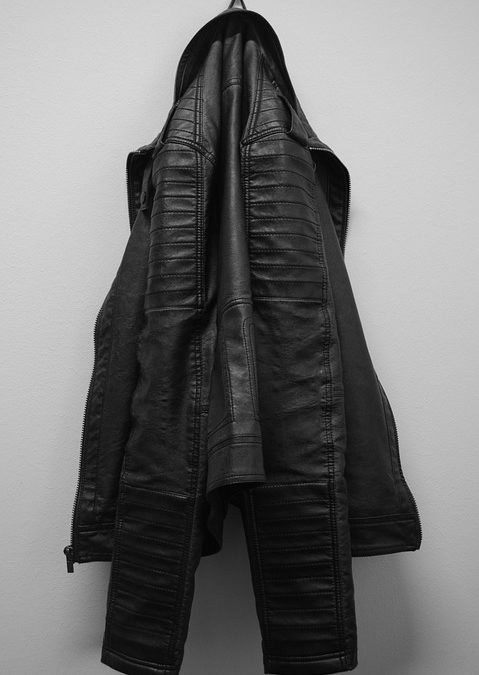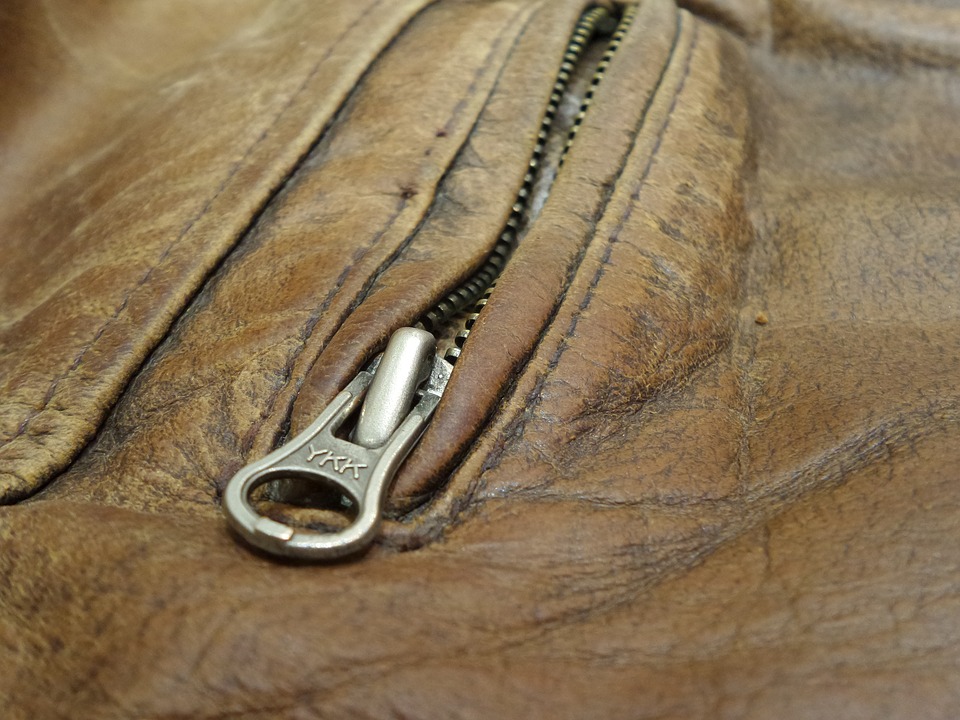Contrary to what some people believe, there’s not just one type of leather; there are dozens of different types. The term leather refers to any material that’s made of animal skin, typically through tanning or similar processes. Animal hide — whether it’s from a cow, deer, sheep, etc. — is typically stronger and more durable than conventional textiles like cotton and wool. This allows for a stronger garment that’s able to withstand the hands of time.
Of course, different types of leather have their own unique characteristics. To learn more about some of the common types of leather, keep reading.
Chrome-Tanned Leather
Originally invented back in the mid-1800s, chrome-tanned leather is characterized by a special tanning process that involves the use of chromium sulfate and chromium salts (hence the name). This allows for a more pliable, supple and softer type of leather. Furthermore, chrome-tanned leather isn’t susceptible to discoloration or shrinkage/expanding like other types. Surprisingly, chrome-tanned leather is relatively easy to produce, requiring just 1 to 2 days to complete. The short production time of chrome-tanned leather offers cost-savings benefits for the consumer.
According to some reports, chrome-tanned leather is the most common type of leather in the wold, account for roughly 80% of all leather produced.
Vegetable-Tanned Leather
On the other side of the fence is vegetable-tanned leather. Unlike is chrome-tanned counterpart, vegetable-tanned leather isn’t made with chemicals but rather plant-based products and ingredients. It’s still made with cow’s hide. During the tanning process, however, vegetable-tanned leather is prepared with bark, wood, leaves, fruit or roots. This allows for a natural brown color with supple characteristics. Vegetable-tanned leather is the only type of leather that’s suitable for carving and stamping. It’s important to note, however, that it’s not able to withstand water, making it a poor choice for certain applications. When exposed to water, vegetable-tanned leather becomes discolored. If left exposed for a long period of time, it may harden and/or shrink. This is particularly true when vegetable-tanned leather is exposed to hot water, which causes it to become brittle.
Full-Grain Leather
Full-grain leather refers to any type of leather that has not been sanded, buffed or snuffed. Normally, leather is processed by sanding, buffing or snuffing for the purpose of removing imperfections. All animal hide has small but noticeable imperfections — and these processing methods are designed to eliminate them. With full-grain leather, however, the hide is left intact, with all of its natural imperfections. So, what benefits does this offer? Full-grain leather is typically stronger and more durable, while also boasting a higher level of breathability. Some people prefer full-grain leather because of how well it ages. It doesn’t damage, but rather it ages gracefully by producing slight variations in the color and texture.
Top-Grain Leather
Commonly used in high-end products like designer handbags and jackets, top-grain leather is the second-highest quality leather on the market. It’s characterized by a split layer that’s separated away form the rest of the hide. By separating this split player, top-grain leather is generally thinner than full-grain leather. As such, it’s typically not used in leather jackets and garments. Instead, top-grain leather is used for applications like book bindings.
Latigo Leather
A lesser-known type of leather is latigo. Latigo leather is essentially a type of cowhide leather that’s “combination tanned.” To produce latigo leather, a cow’s hide is chrome tanned and then vegetable tanned. It’s also infused with various oils and waxes for enhanced strength and durability. When compared to full vegetable-tanned leather, latigo tends to be more flexible and less rigid.
Due to its heavy weight, however, latigo is one of the most expensive types of cow’s hide leather. It’s not uncommon for latigo leather to weigh 8 to 12 ounces (sometimes more). In addition to a steep price, the heavy weight of latigo leather limits its applications to things like bags, saddle straps and cases. Most latigo leather is made in black, brown or red, though other colors are available as well.
Faux Leather
Of course, there’s also faux leather, which in all honesty isn’t real leather at all. Instead, it’s a synthetic material that’s designed to mimic the look and feel of genuine leather. It’s commonly used to produce sofas, furniture and other products. While cheaper than real leather, faux leather lacks many of the characteristics of real leather that make it so popular. It’s generally harder, stiffer, and doesn’t age as well.
Patent Leather
While rare, some leather products are made of a special type of leather known as patent leather. Patent leather is characterized by a glossy, shiny finish. It was invented by American entrepreneur Seth Boyden of New Jersey who designed the process in 1818. Boyden discovered that using a linseed oil coating allowed for enhanced characteristics in regards to the finish. This essentially led to the creation of the modern-day patent leather. It’s important to note, however, that the name “patent leather” is somewhat of a misnomer, as Boyden never received a patent for his invention. Nonetheless, patent leather remains a popular high-end alternative that’s still used by companies today.
Here are some tips to follow when choosing leather garments and products:
- Avoid faux leather! Stick with products made of 100% genuine leather.
- Consider the color of leather. Don’t limit yourself to choosing leather that’s brown or tan. Thanks to advancements in leather manufacturing, high-quality leather is now available in nearly every color under the rainbow.
- When shopping for leather products in a brick-and-mortar retail store, take a moment to smell them. It may sound silly, but smelling leather can give you a better idea of its overall quality, as low-quality leather has a heavy chemical odor.
- Check the tag to see what other, if any, materials the leather product is made of.
After choosing a high-quality leather product, remember to care for it! You can check out some of our previous blog posts here at LeatherCult for additional tips on how to maintain leather.


